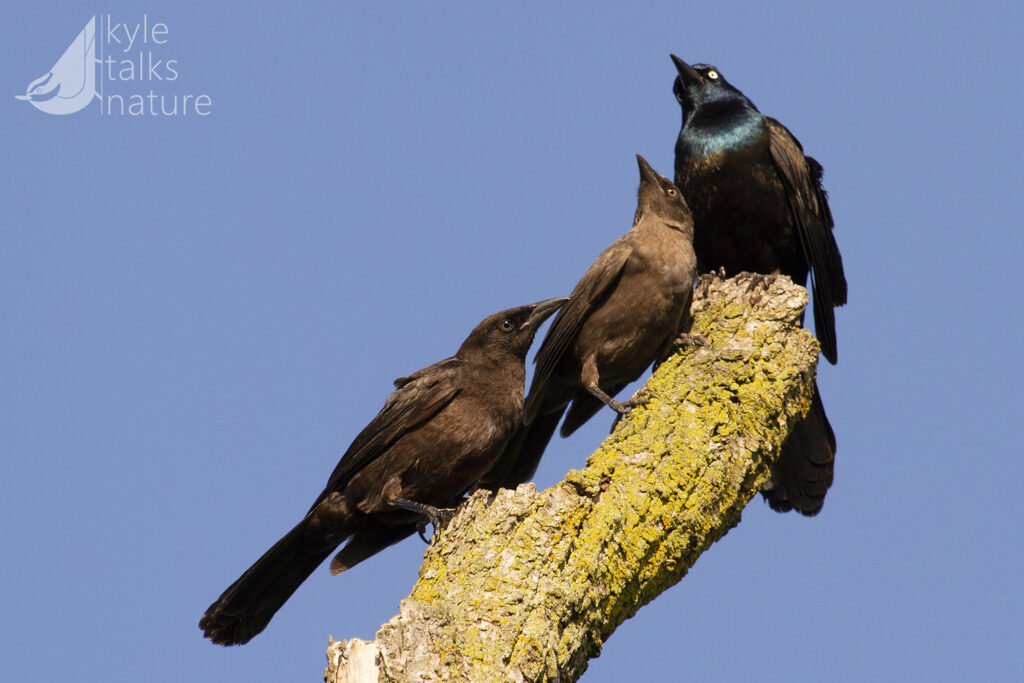I’ve been thinking a lot about comfort recently.
Not about simply having it, per se, but about how the pursuit of comfort – or perhaps the avoidance of discomfort – informs the ways people speak and act. I think one could easily argue that comfort is among the largest influences on human behaviour, full stop.
The human obsession with physical comfort is easy to see. Our insistance on maintaining our household temperatures to within a single degree is a great example. Everyone has an opinion on where the thermostat should be, and compromise is a dirty word. Encouraging people to relax the heat or A/C just a couple degrees for the sake of the environment is less a pragmatic approach to conservation than a full-on eco-hippie conspiracy.
Our desire to be comfortable is a part of everything we do: our fixation on the weather, the way we shop, the way we dress, the way we travel…even our refusal to wear pants during Zoom meetings. Not that I’m judging. Dual-zone climate control, smart homes, La-Z-Boy recliners, rain showers, opulent hotel rooms, Slankets…I could go on.
Easily as much as we love to be physically comfortable, we absolutely hate – even for a moment – to be physically uncomfortable. Consider the way people talk about air travel, a near-miraculous modern convenience. You’d think that economy seat was literally a torture rack. Complaining about the weather is a universal pastime, and heaven forbid we wear pants for a second longer than absolutely necessary. Our bar for discomfort is startlingly low in privileged nations such as mine, and I wouldn’t for a second claim to be immune.
As fascinating as this all may be, I am less interested in our pursuit of physical comfort and more interested in our relationship with emotional comfort. In the same way that we like to be swaddled in something soft and luxurious at all times, we also have a great affinity for feeling emotionally warm and fuzzy and safe. We even have a special term for that cozy space: a comfort zone.
Now you may be wondering – or perhaps you were wondering several paragraphs ago – what this has to do with birds. Well never fear, because for once I’ve thought this through. I will give you two examples of how our love for comfort and associated disdain for discomfort impact the birding world and, great surprise, both pertain to birding Facebook groups.
The first example occurs when someone inevitably posts a photo of a dead bird, and it typically falls into one of two categories. Either the poster has found the dead bird and would like to know what it is and why it died, or the bird in question is in the clutches of a larger, more predatory sort of bird and the poster is excited about witnessing this dramatic slice of nature.
In either case the visual depiction of this former feathered friend clearly causes great emotional discomfort. It pulls birders and birdfeeder-watchers outside of their comfort zones, and to many, this is unacceptable. Such posts are frequently inundated with demands to refrain from posting photos of dead birds, descriptions of days ruined by emotional distress, aggressive tips on how to keep predators out of your backyard, and calls that such photos be banned from the group for all eternity.
Maybe, you suggest, we should simply be sensitive to those who are bothered by these images, and acquiesce to their requests to remain firmly rooted in their respective comfort zones. Maybe we should. But here’s what bothers me.
When we refuse to confront discomfort, or to be pulled for even a moment from our comfort zones, we close ourselves off to opportunities to learn and grow. To me, this is well demonstrated by the use of one word: the word “and”. Consider how the sentence “This makes me feel uncomfortable, and I don’t want to see it.” compares with a sentence beginning “This makes me feel uncomfortable, but…”. You could easily end the latter with “…maybe there’s something I can learn from it.” or “…maybe there’s something I can do about it.”, and those are far more productive approaches than just shutting down the conversation.
Incidentally, I find children are much more prepared to deal with discomfort than adults. I can remember leading a birding program in a schoolyard with a class of grade 4 students, and staring down at a dead grackle. As the teacher tried to hurry them away, I knelt down with the kids to look at the bird.
“Is it dead?” asked a girl.
“Yep.” I said.
“That’s sad.”
“I think so too.” I agreed. Then “How do you think it died?”
What followed was a spirited analysis of the evidence, and discussion of the possibilities. We acknowledged our discomfort when it surfaced, but we also learned and hypothesized. I am certain it was the experience that the kids remembered most from the day, and the one that was most valuable in stimulating their sense of curiosity and inquiry. All because we dared to examine something that the teacher deemed too uncomfortable to address.

As an aside, if you are interested in exploring this concept further, the book “I Found a Dead Bird” by Jan Thornhill is pretty amazing.
Now you could argue that the willingness of Facebook birders to see – and subsequently learn from – a dead bird is not important enough to cause a stir over, but to me it is a relatively insignificant example of a significant problem. This aversion to comfort zone excursions (yes I’m proud of that) translates to far bigger issues than the occasional avian fatality.
We see this attitude rear its ugly head when challenging issues arise, such as outdoor cats, dodgy legislation (cormorant cull, I’m looking at you), or – as earlier this year – racism and privilege in the birding community. Incidentally I’m sure there are issues outside the birding community too, and if I ever get out there I’ll let you know.
These issues, and others like them, are worthy of thoughtful discussion and debate when they surface in our community, but that’s rarely what happens. Instead we see a hasty rebuttal taking two main forms: denial (“racism in birding does not exist”) or refusal (“I just come here to see nice pictures of birds, I don’t want to see posts about politics”).
Why this response? Because thinking about socially complex issues, like racism, is uncomfortable. It’s icky. It feels bad to think that your community may include racists, to imagine that you benefit from privilege, to put yourself in the shoes of those who don’t, and especially to consider that you might even hold racial bias yourself. It’s easier just to shut it down and pretend it doesn’t exist.
But.
If, when we feel this way, we could accept our discomfort instead of avoiding it, we might just find the opportunity to learn something. By putting that icky feeling on the back burner we could critically examine the issue, listen to the experiences of others, and empathize. We could learn and grow, and that’s always a good thing. It might even help us feel less uncomfortable.
But to me, the real magic happens when we don’t just accept discomfort, but embrace it. When we lean hard into it and see what it has to teach us. By asking questions like “why do I feel uncomfortable” and “why does this issue impact me in this way”, we can not only learn about the issue but learn about ourselves. Then introspection, self-improvement, betterment of society…you get the picture.
I think a willingness to embrace discomfort, especially that caused by social guilt or shame, is a rare and redeeming trait in people. It is one we can – and should – all strive to master. Taking responsibility for that discomfort and diving headlong into it is a powerful feeling. It can help you experience things from another’s perspective, examine those challenging issues, or even just learn a little about the dead bird on your lawn. In some small way, it might even make the world a better place.

